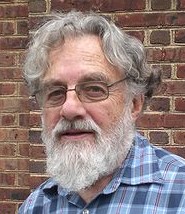- unknown (b.)
Bio/Description
A computer scientist, he entered the Massachusetts Institute of Technology (MIT) in 1949 as an electrical engineering major; he received his MS degree in 1954, and continued doctoral research and received his ScD in 1958. He became a full professor at MIT in 1969. He was involved in early work on time-sharing through the PDP-1 which his research group owned at MIT. That hardware later became famous in computer science history as the machine on which hacker culture started. He also sponsored the MIT student-run Tech Model Railroad Club in its early years, where the hacker culture is said to have taken root before spreading to the MIT Artificial Intelligence Lab. Later, he was one of the founding members of the Multics project, to which he contributed one of its most important concepts, the single-level memory. Multics, though not particularly commercially successful in itself, was an inspiration for Ken Thompson to develop Unix. The latter part of his career was devoted to non-von Neumann models of computation, architecture, and languages. He wanted to free programs from the concept of a program counter. So adopting the concept of "single-assignment," he along with his students and others developed data flow concepts which executed instructions as soon as data became available (this specific model came to be called "static" in contrast to Arvind's later "dynamic"). He retired from MIT in 1987 to do independent projects and consulting. He developed the VAL static data-flow language which in turn inspired the compiler for the SISAL programming language. He was a visiting scientist at NASA's Research Institute for Advanced Computer Science (RIACS). In 1994 he was inducted as a Fellow of the Association for Computing Machinery. He was elected to the National Academy of Engineering in 2009.
-
Gender:
Male -
Noted For:
He was involved in early work on time-sharing through the PDP-1 which became famous in computer science history as the machine on which hacker culture started -
Category of Achievement:
-
More Info:


